‘Joined together politically, for a common purpose, or by common feelings.’
Cubism
Cubism is an early 20th century art movement, particularly expressed in paintings and was the starting point for many abstract styles. Perspective was key, from starting with a single viewpoint to then experimenting with simple geometric shapes, interlocking planes and collage. Invented by Pablo Picasso and George Braque’s, they brought different views of a subject together which resulted in paintings to appear fragmented and abstract. This idea of breaking photos apart to creating different fragmented pieces, then re-joining them together was aimed to show different viewpoints which gives a sense of three-dimensional from. The different viewpoints shown through the fragmented yet abstract art creates a type of union. Each section is joined together in geometric forms, with little use of colour. This alters reality as your expressed with new emotions and feelings found within the new format of the image.
Inspirations & Mood-Board
Pablo Picasso: Focus on portraits, broken up image to create fragmented, new reality.


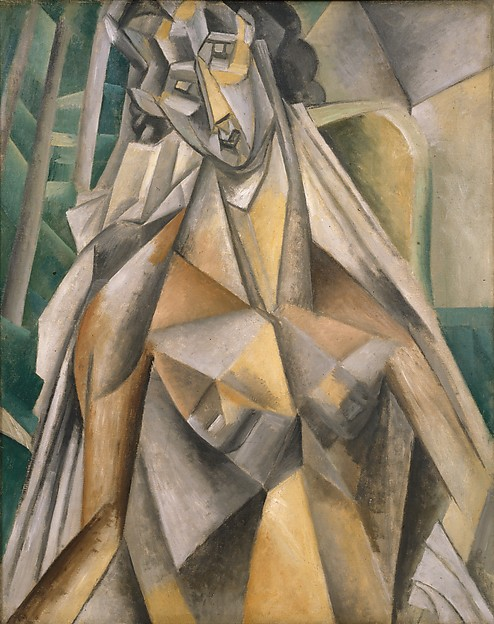
George Braques: Scenario or moments captured, distorted – we don’t know straight away what is being shown, makes you look closer showing you a different reality.
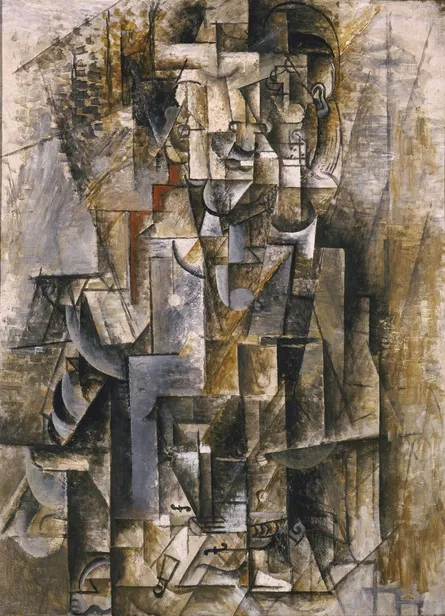
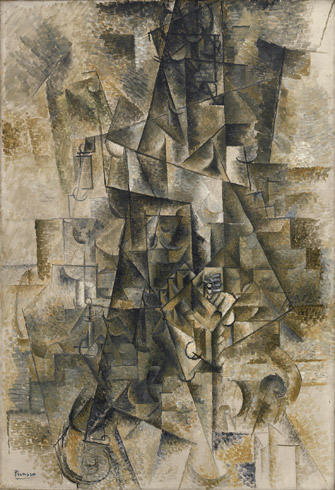
Jean Metzinger: Loose blocks of colour fitted together creating a loose effect. Similar effect to cubist style yet colours are arranged in an orderly way of a geometric pattern that aren’t loose strokes of colour.

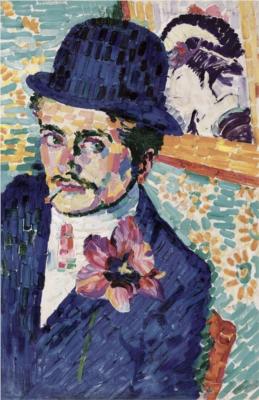
‘Reducing everything to geometric outlines, to cubes’.
~Louis Vauxcelles commented on George Braque’s paintings.
Other Inspirations:
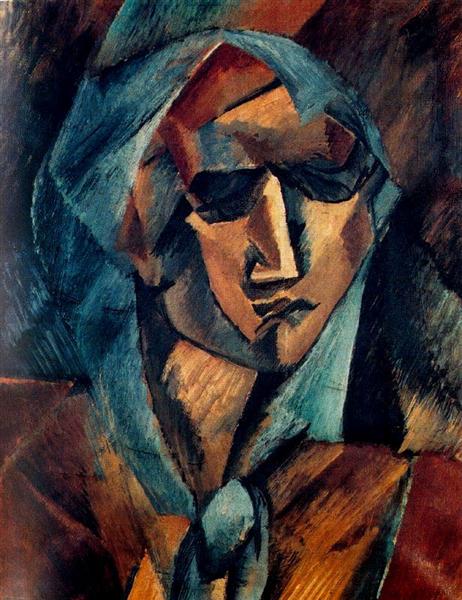
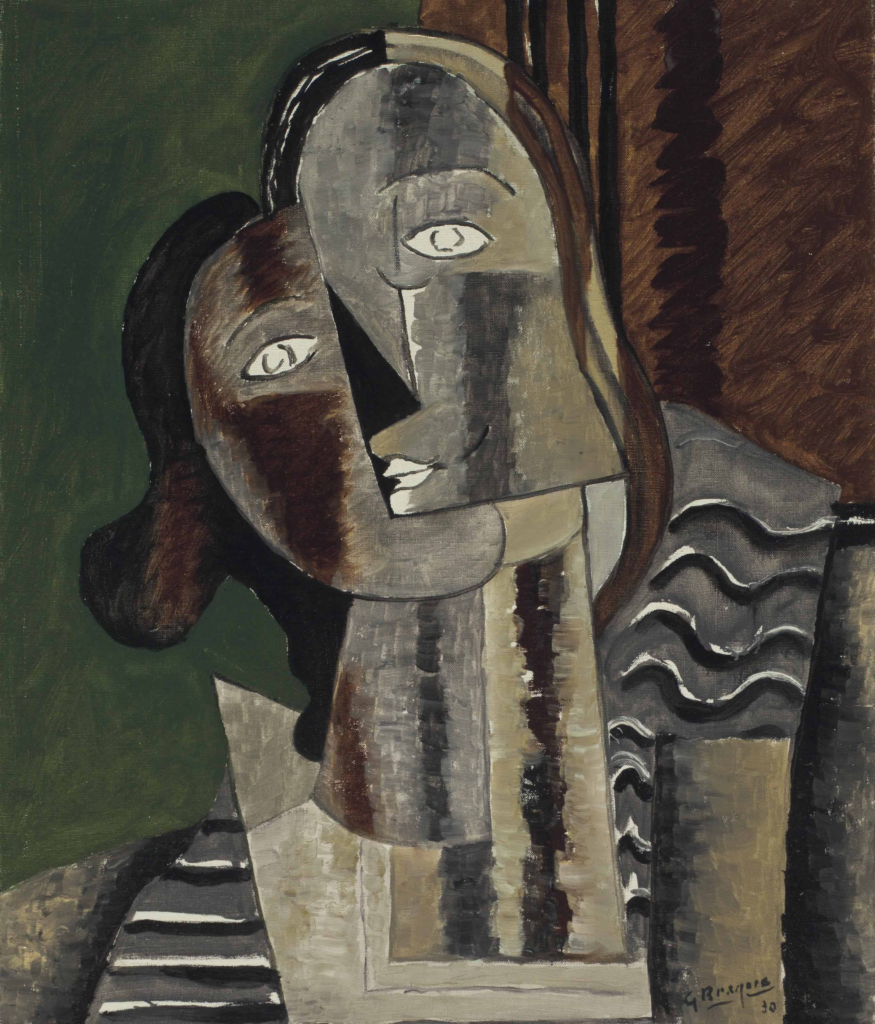
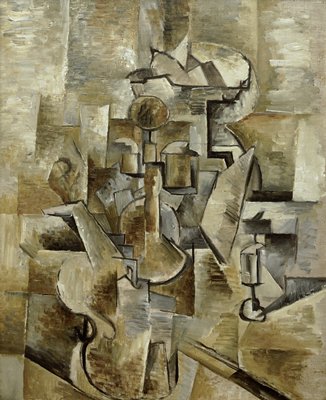
Cubists aim was to show you things for what they truly are , not what they look like. They did this by emphasising the flatness of the picture surface by breaking down pictures into geometric shapes resulting in this fragmented look. By placing things in multi dimensional forms alters your perspective, showing you things from different angles which ultimately reveals this inner-life of a subject as its different from what we are used to seeing. Exploring ‘form’ and ‘space’ further emphasises this concept of how things on a two-dimensional canvas were highlighted compared to the three-dimensional effect of the distorted image, which further creates a sense of reality as a perspective we are not used to is expressed.
‘Cubism is a revolutionary new approach to representing reality’
In response, by capturing people I know/ have a relation with in particular environments or scenarios/ moments, then capturing multiple diverse angles, which reveals different perspectives will reveal this new reality, shown through an abstract, direct approach. When capturing photographs; portraits, landscapes, people in environments or objects, instead of one singular snapshot, I would take lots from multiple angles (zooming in on areas to create depth) which will show you different perspectives of the subject. Further editing using Photoshop to collage/ fit the images together which will create this illusion of images as it isn’t a perfect or clear photograph, instead areas are fragmented and distorted in ways which alters you perspective on things and change your reality of what you are shown.
Initial Ideas:
- Landscape – Merging two images together, experimenting with contrasting colour or black and white.
- Final Photobook – Sections, broken up pages which lead up to the ‘final reality,’ This will create an interesting, engaging fragmented effect which will lead up to the main image, altering your perspective showing you new realities.
- Fragmented, join effect – experiment with different layouts – overlapping, merging, perfectly aligned – David Hockney
David Hockney: Distorted images pieced back together
I like how the simple names perfectly describe the scene and environment.
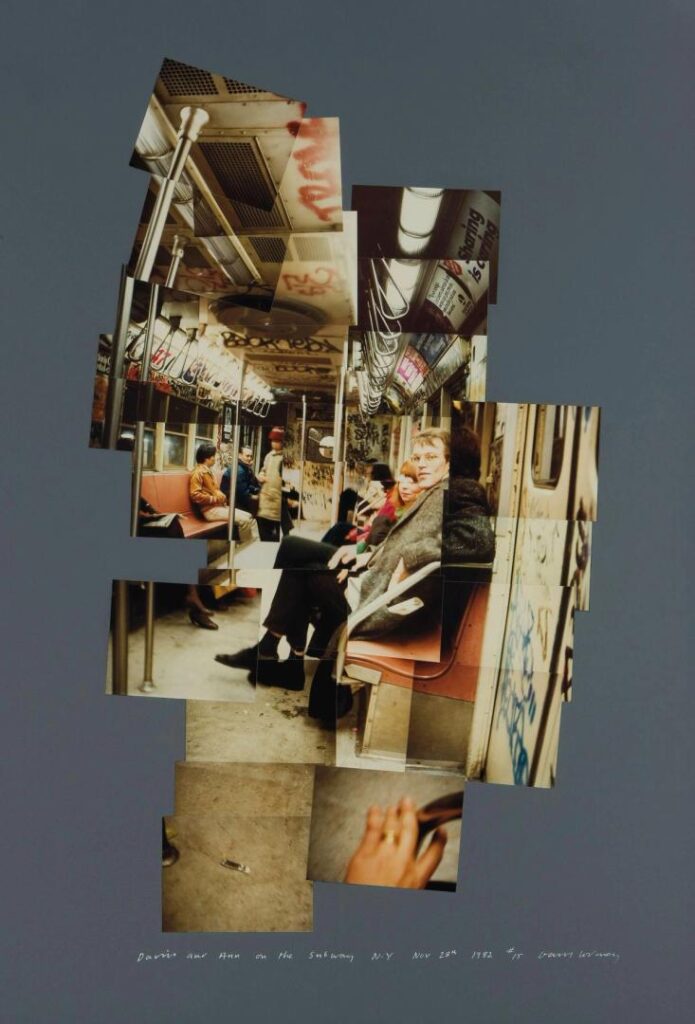
David And Ann On The Subway, N.Y., Nov. 28

My Mother, Los Angeles, Dec
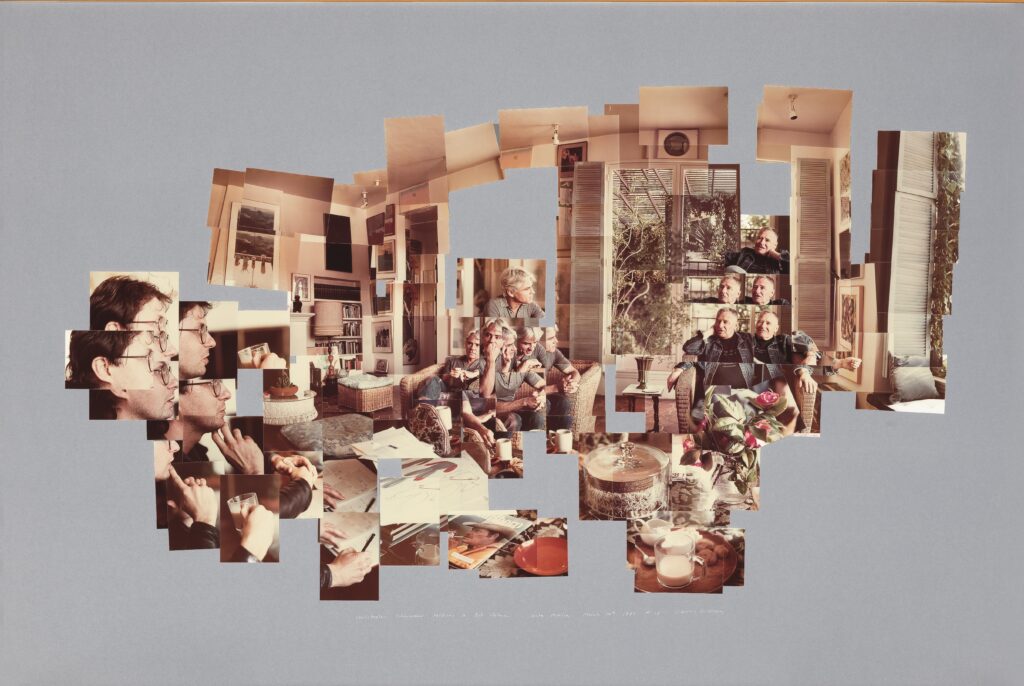
Expressionism
Expressionism is a modernist movement, or style of painting or poetry originating from Northern Europe in the beginning of the 20th century. The artist or writer seeks to express the inner world of emotion rather than external reality, creating a subjective perspective. Using loose strokes and expressive marks of colour fit together expressing a mix of emotions leading to evoking types of moods and ideas that the artist is feeling. The typical portraits and landscapes we see are transformed into an illusion of colour of dramatic expressions which imitate the artists inner feelings and emotions. This shows the artists own reality and how they percieve certain situations compared to how we look at them. Except their reality is expressed more clearly as their feelings are expressed through the expressive marks and layers of colour used. Compared to cubism different views are brought to the photograph as they are fragmented and distorted, then placed back together. This opens up our interpretation of the particular image as the artists reality is not obvious straight away, it is only evident when you look deeper and closer you see the full picture (reality).
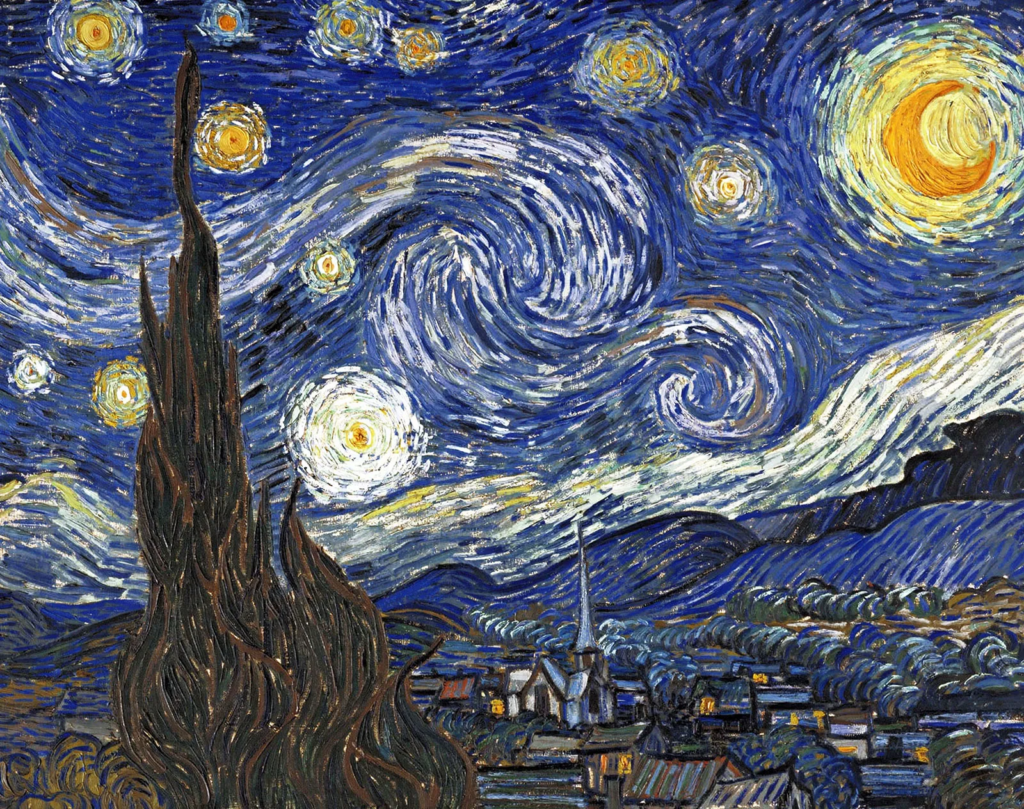
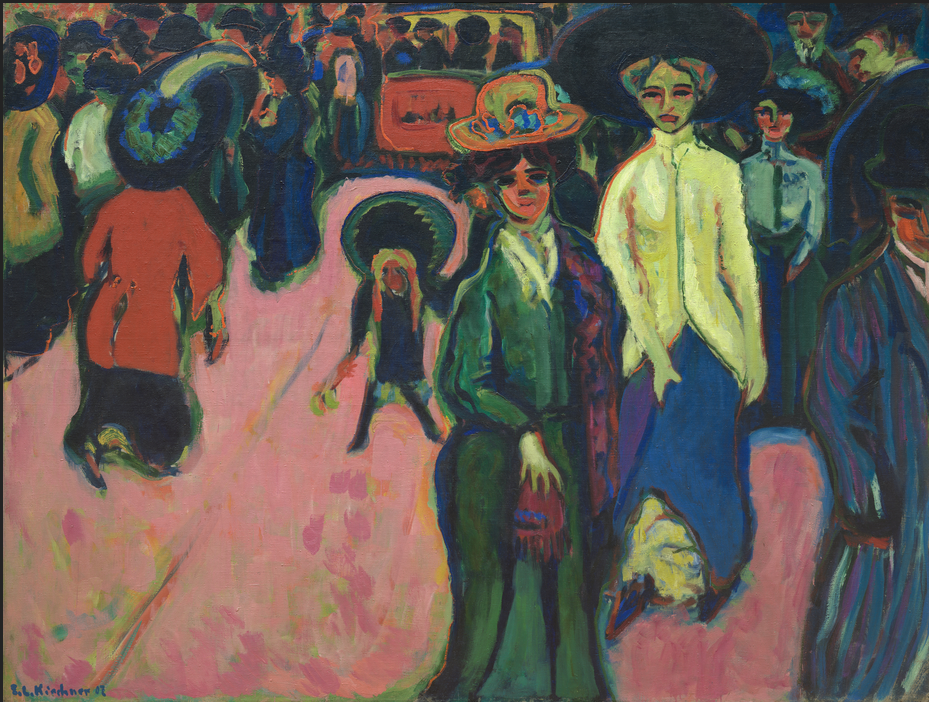

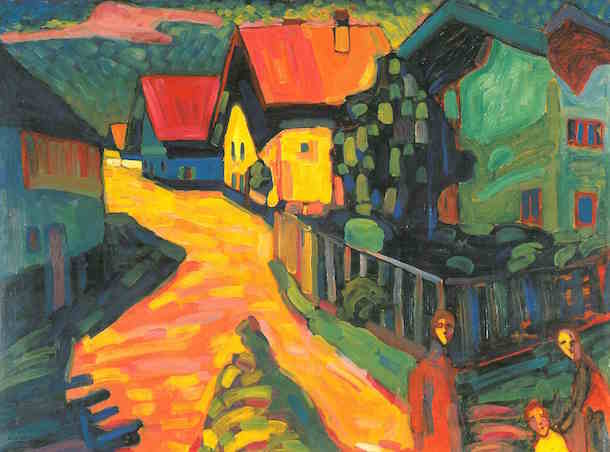
We are straight away drawn to the colourful, exressive, loose marks of colour that are formed together creating a very picturesque, aesthetic image. This instantly lures you in, noticing texture which is a symbol of the artists feelings and mood which therefore evokes feelings and emotions within ourselves as viewers. For myself, the lines and curves of marks expressed by the individual strokes of colour, epxresses emotive feelings of being surprised and amused as new forms are constantly being revealed to us as we figure out the artists type of reality. Perhaps the the warmer tones of colour eg, yellow, orange, pink, red or pale colours signify happiness as they evoke positive emotions compared to the cooler tones of deep blue, navy, green and dark red. This also sets the type of scene the image is portraying whether it is a message or story and if it’s either positive or negative. Each feature is united, as they complement one another, expressing types of contrasting emotions expressed through the particular story of the image.
Photo shoot ideas:
- Landscape, – seascape (different times), villages including people.
- Portraits
- People together in an environment – people I know mixing with strangers.
- Unfiltered
- Unusual perspectives of people where they are unaware of camera – eg, conversation, getting ready to go out
Artists:
Ernst Ludwig Kirchner: Expressionistic style, defines materialistic values with conventional attitudes of people. Shows unfiltered and filtered ways of how people are united.
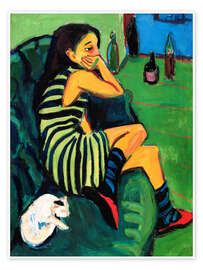
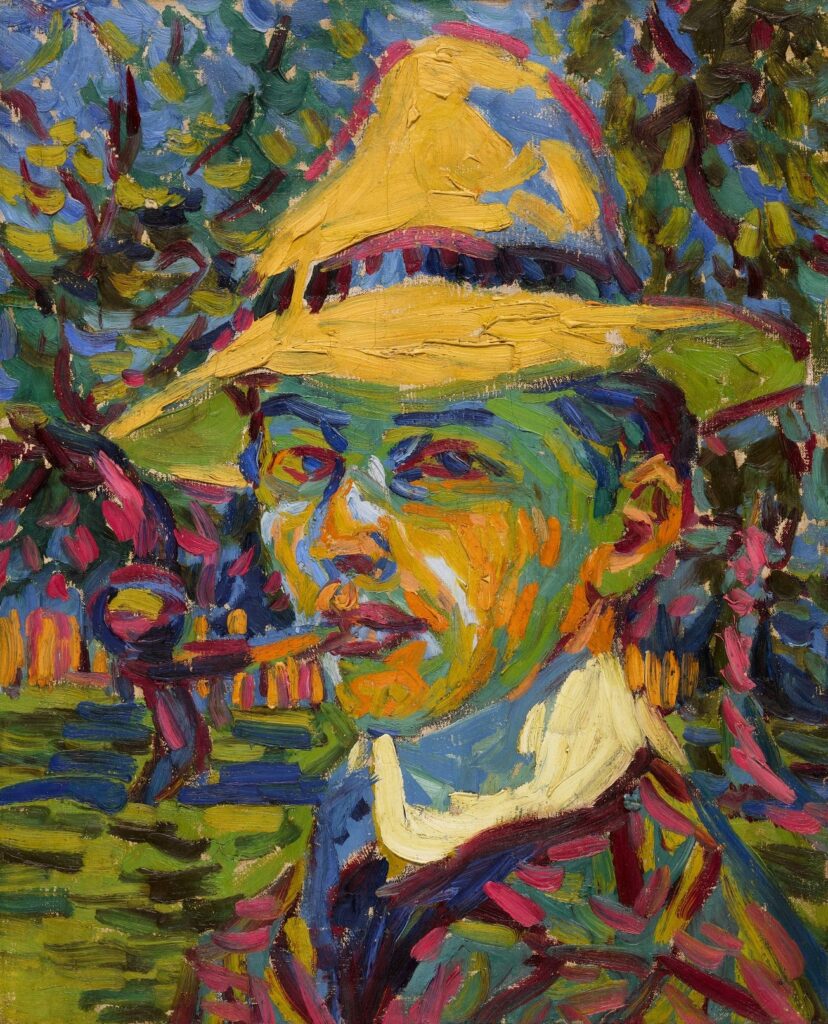
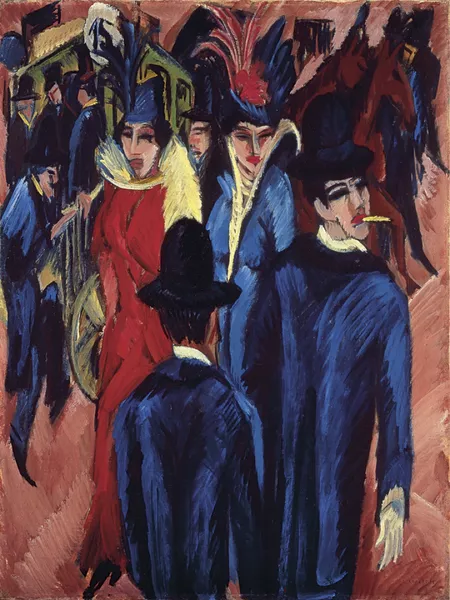
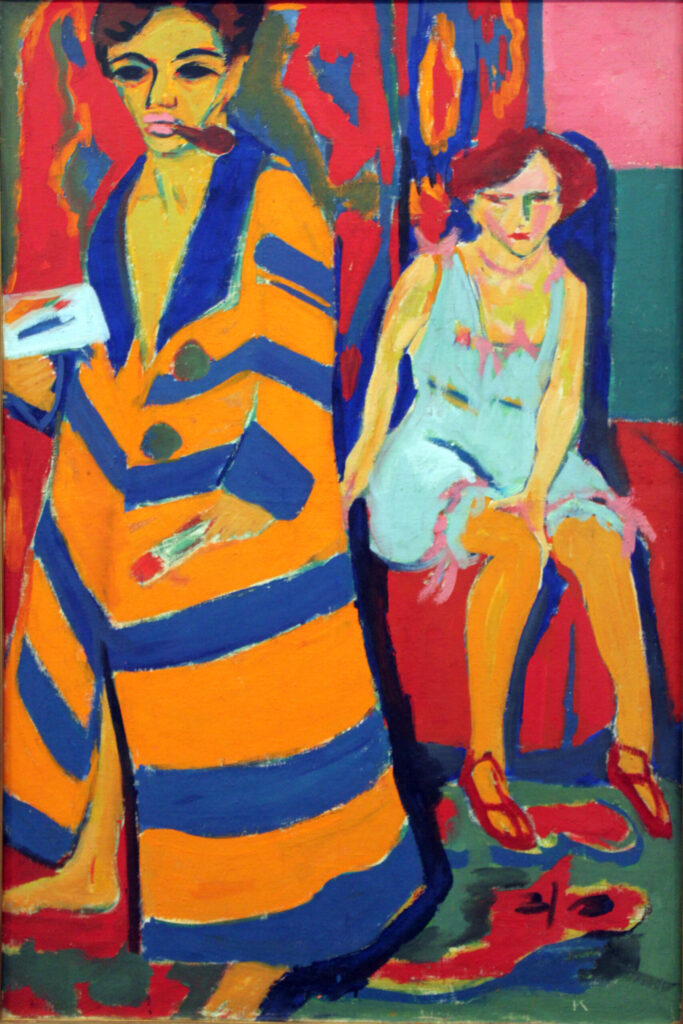
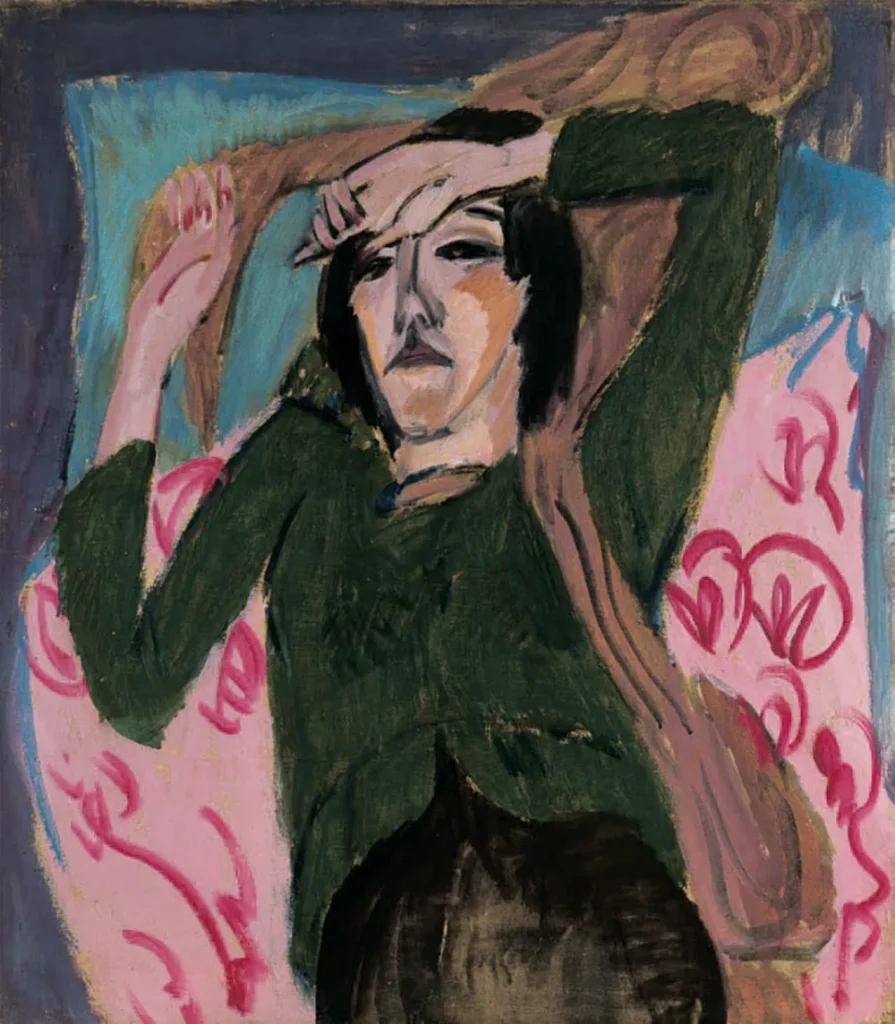

https://artsandculture.google.com/usergallery/BgLCGpjUio1MJQ
https://www.myartbroker.com/artist-david-hockney/collection-photo-collages
